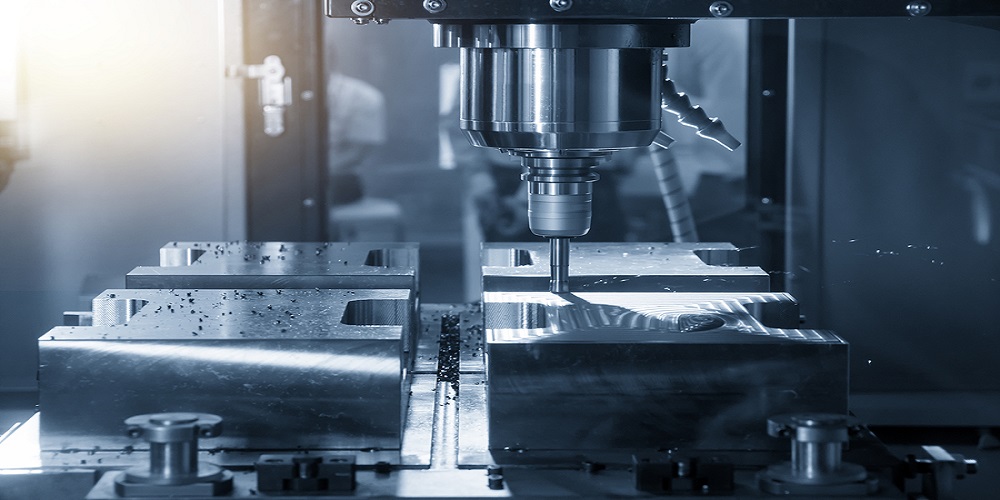For those who are not aware, software usage is a serious thing if you are ever going to be part of any prototyping production team.
In the production companies, particularly companies that do prototyping manufacturing, it is usually not a one-man job since a team is set up to care for each stage of the production process.
The software development of prototypes is commonly known as prototyping software development is the process of creating user interphase for simulation.
The purpose of this interphase is to evaluate, ideation and receive feedback from users. The software prototypes that are used in the production process have been developed and are now interactive.
These prototypes are designed to mimic the original software as much as possible. The prototyping manufacturers put everything in place to make sure that the project is a success.
The prototypes make it easier to make necessary changes in the design of the object if there is a need. Here are the main types of prototyping.
The Main Types of Product Prototyping
1. Rapid Prototyping
According to the name of this type of prototyping, rapid refers to a fast or quick pattern. You could also say it is referring to the speed of the process.
In Rapid prototyping, modifications can be made in the process to experiment with different ideas since there is an opportunity to receive feedback from the user audience and work with it.
Rapid prototyping is seen as a short-lived prototype. This is because is usually only relevant for a short period. Yet, it’s the most common type of prototyping.
The rapid prototype in use may be used several times as the user audience continues to give feedback on the model design and their user experience.
The process cycle of user feedback is used for evaluation and modification for that period. This feedback cycle is repeated over and over until the desired end product is achieved.
2. Incremental Prototyping
This type of prototype is extremely important. In this process, many different prototypes are made with parallel designs.
The prototypes are evaluated individually and refined. After the refinement and evaluation, they are then merged to make a whole prototype.
This one comprehensive prototype is then evaluated as one, for consistency in its behavior, the way it feels, the way it looks, and its terms.
For this type of prototyping to work well, the different parts of the module need to work together. They need to feel the same and look the same.
A problem that could arise is that the look and feel of the parts of the module could differ so much and look or feel like totally different pieces.
The goal is to create consistency and this can be achieved with the aid of some guiding principles that the software team must come up with.
3. Evolutionary Prototyping
This a software that is very functional. Unlike some other types of prototyping, this is more than just a simulation, literally.
This type of prototyping begins like a computer system. Following its own rules and not caring what the customer thinks.
As it goes, more features can be added to the sequence, many other functions can also be added to meet the customers’ requirements.
The fact that it can keep getting better with the addition of new features ad functions while the process is on is the reason why it’s called “evolutionary”.
Conclusion
Another type called extreme prototyping is usually used for web development processes.
All the types of prototyping have their good and bad sides but are all useful in specific circumstances.
